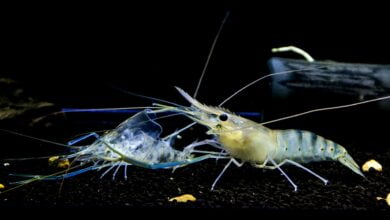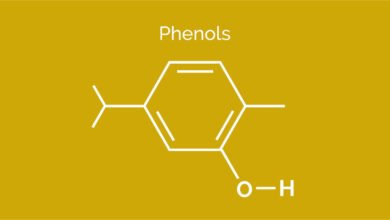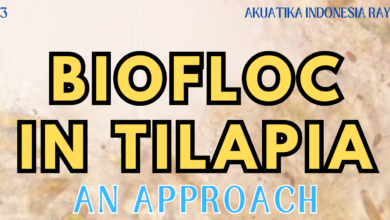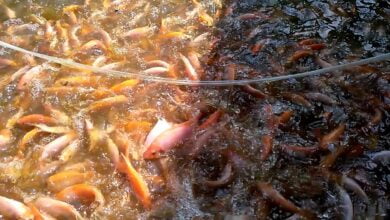Biofloc technology (BFT) is an eco-friendly aquaculture method that aims to reduce pollution and improve sustainability. Let’s explore the possibilities of biofloc without adding carbon, research findings, and requirements.
Biofloc Technology (BFT)
BFT is based on the principle of reusing nitrogen-based pollutants (considered organic waste) in aquaculture. It involves cultivating microbial flocs (aggregates of microorganisms) in the water, which serve as a natural food source for the cultured species. The key advantage of BFT lies in its improved water and land use rates, as it relies on limited, or near-zero water exchange.
Operating Parameters Affecting BFT:
Several parameters influence the success of BFT systems are:
- Carbon Source: Traditionally, BFT systems use an external carbon source (such as molasses or other carbohydrates) to promote microbial floc formation.
- Carbon/Nitrogen (C/N) Ratio: Maintaining an optimal C/N ratio is crucial. Studies suggest that a C/N ratio of 12–15:1 is optimal for biofloc production
- Feeding Regime: Proper feeding practices impact the organic matter available for microbial floc formation.
- Stocking Density: Higher stocking densities can lead to better biofloc development.
- Salinity: BFT can be adapted to different salinity levels.
- Aeration: Adequate aeration ensures oxygen supply for microbial growth.
- Microbial Community Manipulation: Controlling the microbial community composition affects floc quality and nutrient recycling.
Research Findings
- No-Carbon Addition Approach: A study evaluated BFT without adding external carbon by manipulating dietary protein and lipid levels for Nile tilapia cultivation. Three treatments were conducted:
- Control Treatment ©: Fed on a 30% crude protein (CP) diet supplemented with 3% vegetable oil (VO).
- Treatment 1: Reduced dietary protein (25% CP) and lipid (1% VO).
- Treatment 2: Further reduced dietary protein (20% CP) and lipid (0.5% VO).
- Results: The no-carbon addition approach showed promising results, demonstrating that BFT can operate without external carbon sources. However, further research is needed to optimize this approach.
Requirements for Biofloc without Adding Carbon
- Optimal C/N Ratio: Maintain a C/N ratio of 12–15:1 by adjusting locally available cheap carbon sources and protein percentages in the feed.
- Proper Feeding: Provide adequate feed to support microbial floc formation.
- Stocking Density Management: Balance stocking density to promote floc development.
- Aeration System: Ensure proper aeration for microbial growth.
- Microbial Community Control: Monitor and manipulate the microbial community for optimal results.
In summary, while BFT traditionally involves external carbon sources, ongoing research explores the feasibility of no-carbon addition approaches.





